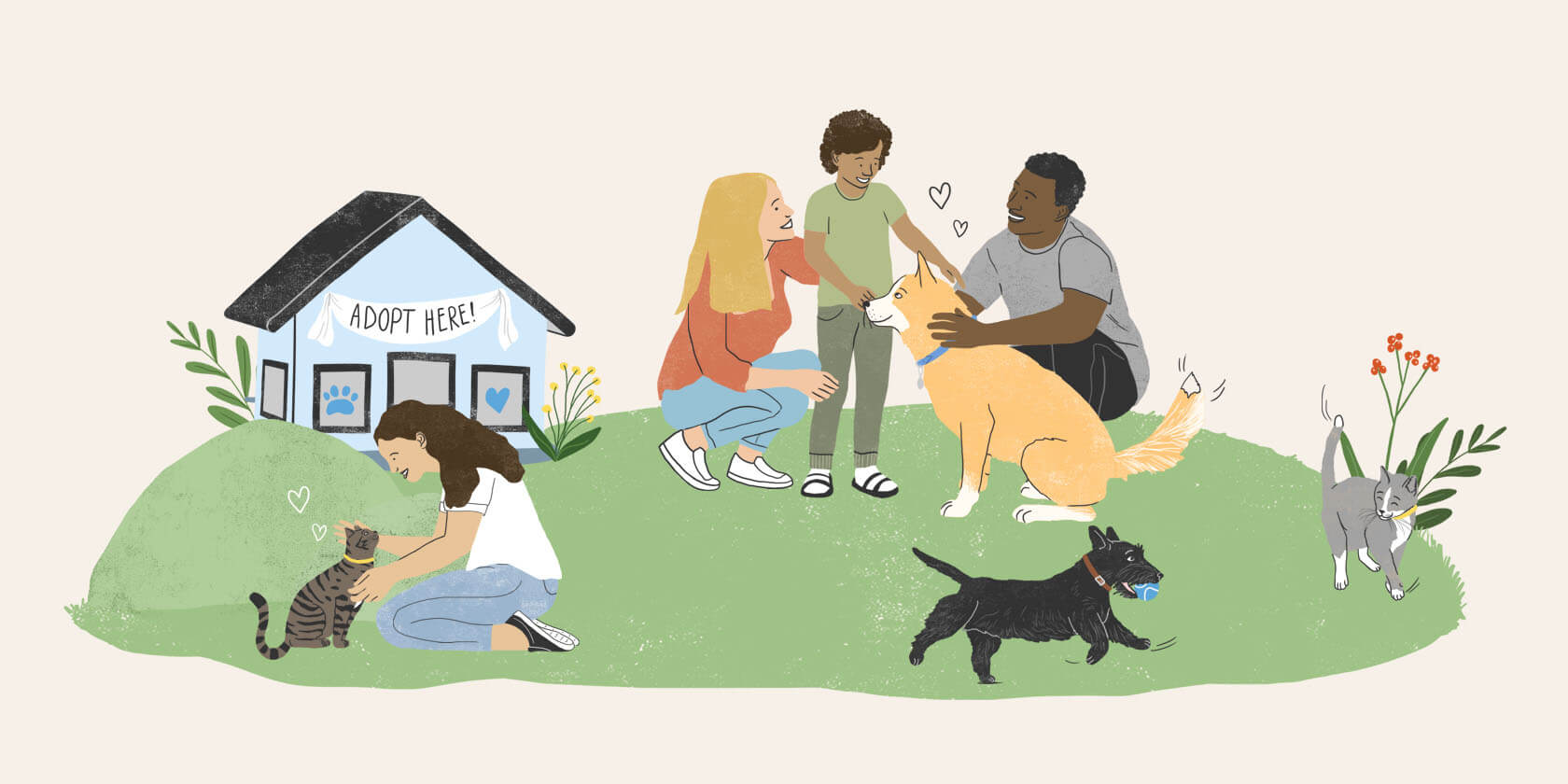Zesty Insights
Dive into the world of news and information with engaging articles.
Adopt, Don't Shop: The Whiskered Truth Behind Shelter Pets
Discover the heartwarming stories of shelter pets waiting for a home. Learn why adopting is the best choice for you and your furry friend!
The True Cost of Purchasing Pets: Why Adoption is the Better Choice
When considering the cost of purchasing pets, many potential pet owners are often surprised by the initial price tag. From breeder fees to vaccination costs and even the expenses related to essential supplies, the financial burden can escalate quickly. According to the Humane Society, pets can cost thousands of dollars in the first year alone. This doesn't account for unforeseen medical expenses or the ongoing costs of food and grooming. In contrast, adopting a pet from a shelter generally includes vaccinations and spaying or neutering, significantly lowering the overall financial commitment.
Moreover, choosing adoption over purchasing a pet not only benefits your wallet but also contributes to the fight against animal homelessness. Shelters are filled with loving animals eager for a forever home, and by adopting, you’re giving them a second chance at life. The ASPCA emphasizes that the act of adopting saves lives while helping to reduce the burden on overpopulated shelters. Therefore, the true cost of purchasing pets extends beyond mere dollars and cents—it's a matter of compassion and responsibility. Embracing adoption means investing in a partnership with a loyal companion rather than just a transaction.

Understanding the Adoption Process: What You Need to Know Before Bringing a Shelter Pet Home
Adopting a shelter pet can be a rewarding experience, but it’s important to understand the adoption process before bringing a new furry friend home. First, you should research local shelters and rescue organizations to find a suitable match. Many shelters have websites where you can view available pets and learn about their backgrounds. It's also a good idea to read articles or guidebooks that offer insights into the types of animals that thrive in various living situations. For more in-depth information, check out Adopt A Pet which provides a comprehensive overview of the process.
Once you’ve found a potential pet, the next step is to visit the shelter and interact with the animal. Spend time observing their behavior and asking shelter staff about their history and personality. Remember, adopting a pet is a long-term commitment that requires careful consideration. After deciding on a pet, be prepared to fill out an adoption application, which may include questions about your living situation, work schedule, and experience with animals. If you're unsure about the commitment, consider fostering first or learning more about it through Petfinder for resources on fostering and adoption best practices.
Myths vs. Facts: Debunking Common Misconceptions About Shelter Animals
One of the most pervasive myths about shelter animals is the belief that they are all damaged or defective. In reality, many shelter pets are simply victims of circumstance, such as owners moving or financial hardships that prevent pet care. According to the ASPCA, approximately 3.3 million dogs and 3.2 million cats enter U.S. shelters every year. These animals can make wonderful companions, often being perfectly healthy and well-adjusted, just looking for their forever homes.
Another common misconception is that adopting from a shelter means getting an animal with behavioral problems. In fact, many shelter animals are already spayed or neutered, vaccinated, and microchipped. The adoption process often includes temperament assessments, enabling shelters to match pets with suitable families. As stated by The Humane Society of the United States, most shelter animals have already been administered proper training and care, making them just as good—if not better—than pets purchased from breeders or pet stores.